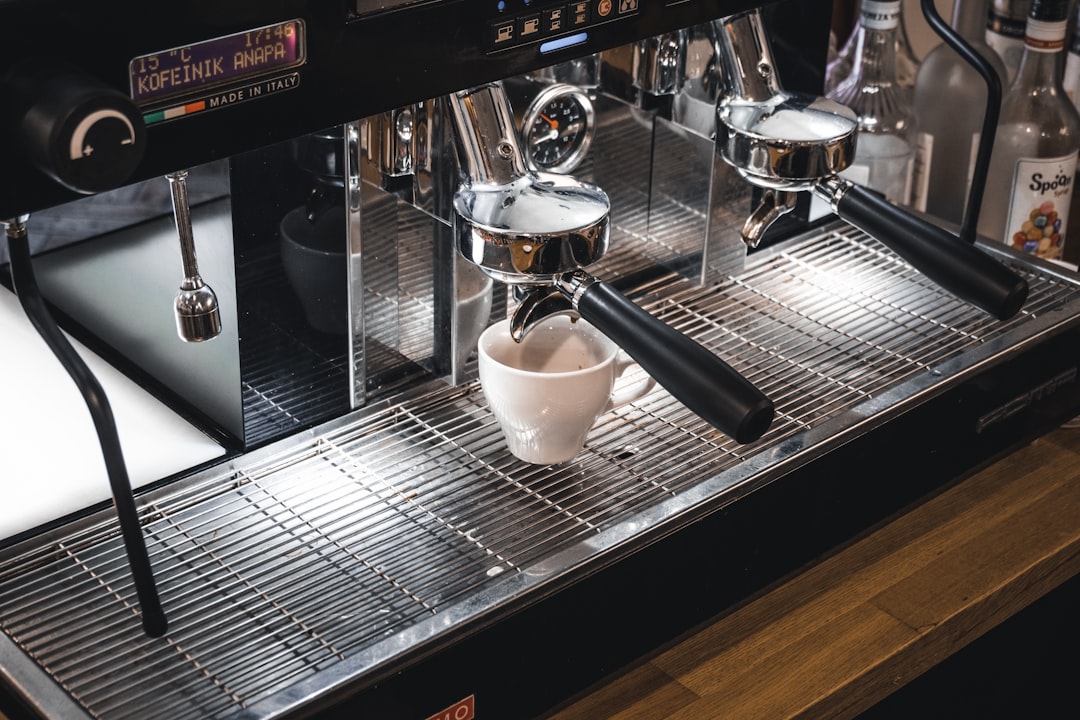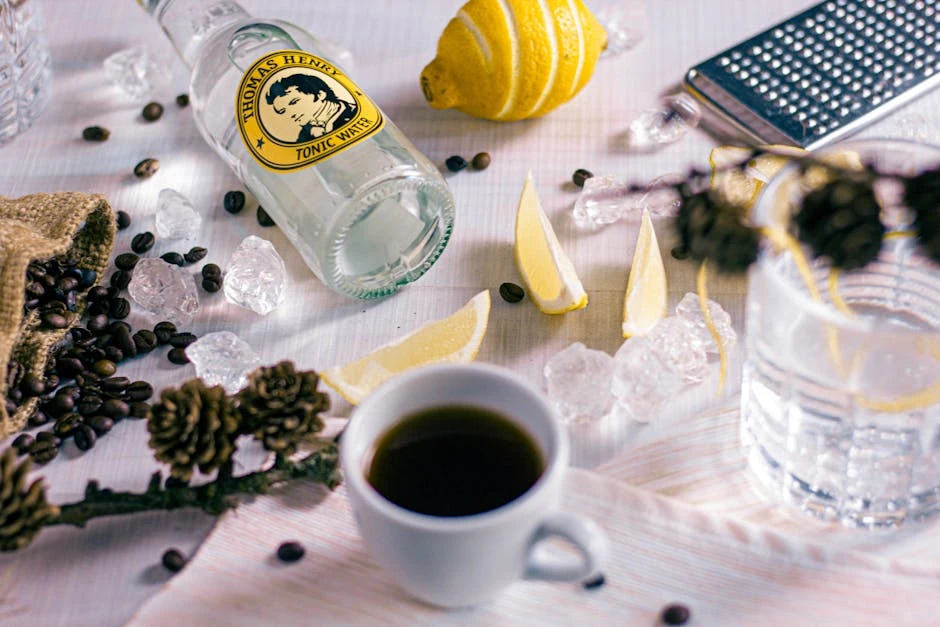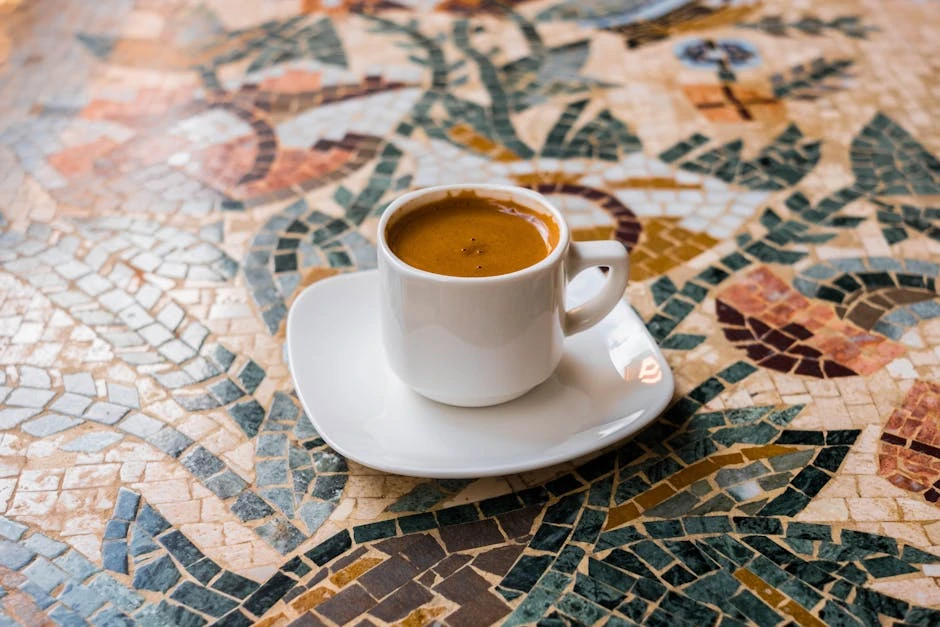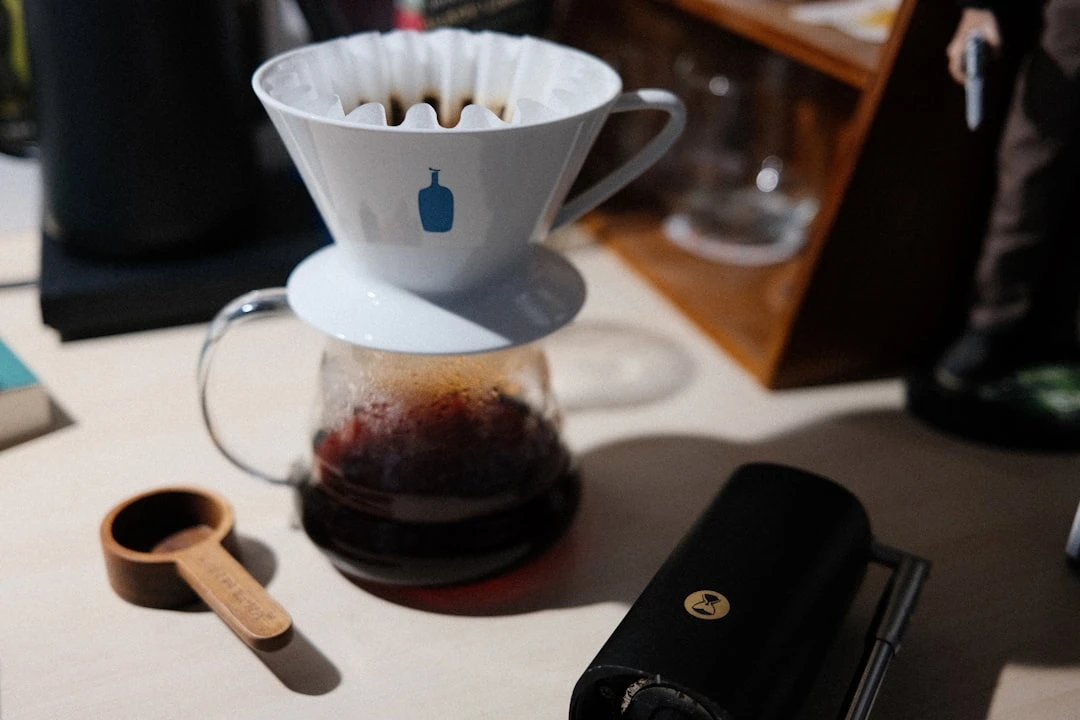Discover Mexican Coffee Culture: History, Drinks & Traditions
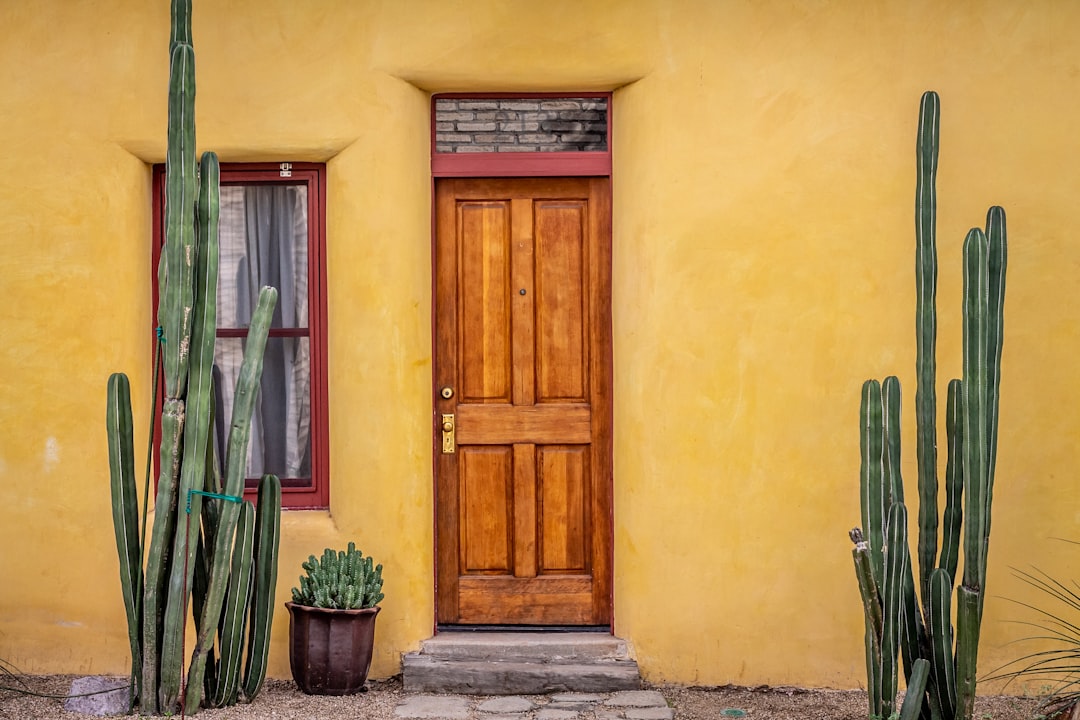
Introduction to Mexican Coffee Culture
Mexican coffee feels alive—like the land itself had a hand in brewing it. Head south, where Chiapas and Oaxaca sprawl under humid skies, and you’ll find Arabica beans so rich they stick to your memory. The kind that makes other coffee taste thin.
It’s been here since the 1700s, weaving itself into the soil. Now each cup holds something deeper: maybe chocolate, maybe toasted hazelnuts, a bright hint of orange peel hiding in the warmth. But the old methods? That’s where the soul is. Café de olla, simmered slow in earthenware with cinnamon clinging to the sides, raw sugar dissolving into syrup. Sometimes anise curls through the steam—just enough to make you lean in closer.
Nobody drinks this coffee rushing. It’s how dawn cracks open, how neighbors trade stories, how abuelas measure time. Sidewalk tables stay cluttered for hours. Kitchen stoves keep a low flame under the pot all afternoon.
These days, you’ll see farmers leaning into organic roots, threading fair trade into the old ways. Funny how a single sip can hold so much history. Not bad for something that starts as a stubborn little seed.
The History of Coffee in Mexico
Mexico first met coffee in the late 1700s—maybe tucked into a Spanish settler’s bag or stowed away on a ship from the Caribbean. Those early seeds sank their roots into Veracruz’s damp earth, where the heat and rich soil coaxed them to life. Before long, coffee vines were threading through Chiapas and Oaxaca, finding footholds in Mexico’s mosaic of microclimates.
By the 1800s, coffee wasn’t just growing; it was holding lives together. Independence left gaps, and coffee filled them. Big estates controlled most of it, sure, but you’d find campesinos too, tending steep slopes with calloused hands. Then Europe caught wind of Mexican beans, and demand bloomed overnight.
The Revolution changed everything—haciendas splintered, land returned to campesinos, and out of that chaos, little cooperatives took root. Even now, that’s where the soul of Mexican coffee lives.
By the 1900s, Mexico had made a name for itself with velvety Arabica. The government tried to steady things with the Instituto Mexicano del Café in the ‘70s, but prices swung like pendulums, and farmers learned to bend without breaking.
Today? Mexico grows coffee the way it should be—organic, fair, alive with flavor. Places like Chiapas and Veracruz keep pushing out beans that turn heads. But really, it’s more than a crop. It’s the quiet heartbeat of mornings, the stain on old ledgers, the steam curling up from a thousand market stalls. Mexico’s story, poured into a cup.
Mexican Coffee-Growing Regions
Oh, it’s some of the best in the world—no question. Each region spins its own twist into the brew, thanks to those lush tropical highlands, volcanic soil, and just-right rains that Arabica beans absolutely love. (And let’s be real, Mexico’s coffee is all about that Arabica life.)
The heavy hitters? Chiapas, Veracruz, Oaxaca, and Puebla—they’re the ones calling the shots. Chiapas, king of the crop, grows over 40% of the country’s coffee, with Sierra Madre beans packing a bright, almost chocolatey punch. Then there’s Veracruz, where Coatepec’s coffee goes down smooth, balanced, with a whisper of fruit. And Oaxaca? Oh, Pluma Hidalgo beans there smell like a flower shop and finish like silk.
Don’t sleep on the underdogs, though. Places like Guerrero and Nayarit throw shade-grown coffee into the mix, keeping flavors wild and ecosystems happier. Most of these farms? Tiny, family-run, often tended by indigenous growers who’ve been doing things the old way forever.
These days, you’ll spot more organic and fair trade labels popping up, and if you see Altura on the bag? That’s your cue—it means high-grown, usually high-quality beans from the hills.
Bottom line? From Chiapas’ mineral-rich dirt to Oaxaca’s misty slopes, Mexico’s coffee is as diverse as the hands that grow it. Every cup’s got generations of grit, a splash of terroir, and a whole lot of heart.
Traditional Mexican Coffee Preparation Methods
It’s more than a drink—it’s history poured into a cup. Take Café de Olla, for instance. Brewed in those old clay pots, it’s got this deep, smoky kick from the dark roast, chunks of piloncillo melting into sweetness, and just a breath of cinnamon—maybe a touch of anise or cloves if the cook’s feeling generous. The aroma alone? Like waking up to a morning you don’t want to end. And drinking it from a rough clay mug, maybe at a village fiesta or out in the fields? That’s when you taste the soul of it.
Then there’s café de chorro, where the coffee drips slow and patient through a cloth filter, the way it’s been done since colonial times. What comes out? Smooth, rich, the kind of drink that settles you. Down in Veracruz or Chiapas, some families still roast their beans right at home—because why settle for anything less than fresh?
But Oaxaca? They do things differently. Café de chepe is brewed coffee whipped raw with sugar until it’s light and foamy, like a sweet little storm in your cup. And of course, there’s café con leche—strong coffee wrapped in steaming milk, the kind that nudges you awake before the sun’s even up.
Mexico doesn’t just serve coffee; it celebrates it. Every sip carries something—spice, patience, or a whirl of sweetness. It’s not just brewing; it’s tradition, a pause, a flavor that feels like coming home.
Popular Mexican Coffee Drinks and Recipes
You’ve got centuries of tradition shaking hands with Spanish flair, and the result? Pure delicious chaos. Here’s the lowdown on the classics and how to whip ‘em up yourself:
Café de Olla – The OG.
Dark coffee, cinnamon, and piloncillo—that unrefined sugar with attitude—simmered in a clay pot. Sometimes there’s a sneaky hint of anise or cloves. Boil, brew, strain, and boom. It’s like a hug from your abuela.
Carajillo – Espresso’s rebellious cousin.
Toss in Licor 43 or rum, pour it over ice, and suddenly your afternoon slump doesn’t stand a chance.
Café con Leche – Simple? Sure.
But there’s art in that simplicity. Strong coffee, steamed milk, a spoonful of sugar—breakfast just isn’t breakfast without it.
Lechero – Fancy-pants Café con Leche.
Hot coffee cascades over warm milk in layers (Veracruz swears by this move). It’s theater in a cup.
Café Atole – Coffee crashing the atole party.
Creamy, corn-based, and spiked with cinnamon or chocolate. Winter mornings never stood a chance.
This is Mexican coffee: unapologetically sweet, spiced just right, and packed with soul. Make it at home, sip it at a café—either way, you’re tasting history.
The Role of Coffee in Mexican Social Life and Celebrations
You can smell it in the slow mornings, that rich, spiced warmth of café de olla curling through the air. Cinnamon and piloncillo melting together, turning a simple cup into something like coming home. Passing one to a guest isn’t just politeness—it’s an unspoken "This is your place, too."
When the music swells and the streets fill with color, coffee’s never far. On Día de los Muertos, it steams beside marigolds and sugar skulls, a comfort for the returning spirits. After the last candle of Las Posadas flickers out, hands wrap around mugs, laughter rising with the scent into the cold.
In the villages, thermoses travel to tequios, where chopping wood or mending fences blurs into shared stories and sidelong grins. In the city, cafés spill over with debates over cortados, the clatter of spoons keeping time with old friends and new gossip.
From dawn to long past midnight, coffee’s the quiet promise. It’s there for the laughter, the heartaches, the toasts that turn strangers into kin. Not just a drink—it’s the invitation: sit, stay, tell me everything.
Modern Trends and the Future of Mexican Coffee
Mexican coffee is back in the spotlight—but this time, it’s different. Farmers are stepping away from tradition, embracing organic methods and tinkering with small-batch beans that sing with unique flavors. Places like Chiapas, Veracruz, and Oaxaca are turning into hubs for exceptional Arabica, while fair-trade stamps draw buyers who care about the hands behind their cup.
In Mexico City and Guadalajara, third-wave coffee is thriving. Trendy spots spotlight single-origin brews, letting the land and weather speak for themselves. Cold brew? Nitro? Oh, they’re on it—sometimes with a playful nod to heritage, like a whisper of cinnamon or cocoa, just to keep things rooted.
But it’s not all smooth sailing. Climate chaos is forcing farmers to adapt, experimenting with shade-grown beans and agroforestry to protect their livelihoods. And the new guard? They’re rewriting the rules, using social media and online stores to bypass the usual channels and connect directly with coffee lovers worldwide.
This isn’t just a nostalgia trip. Mexican coffee is blending decades of craft with fresh, daring energy—showing it can keep up with a world that wants every sip to taste good and do good.
Related Articles
